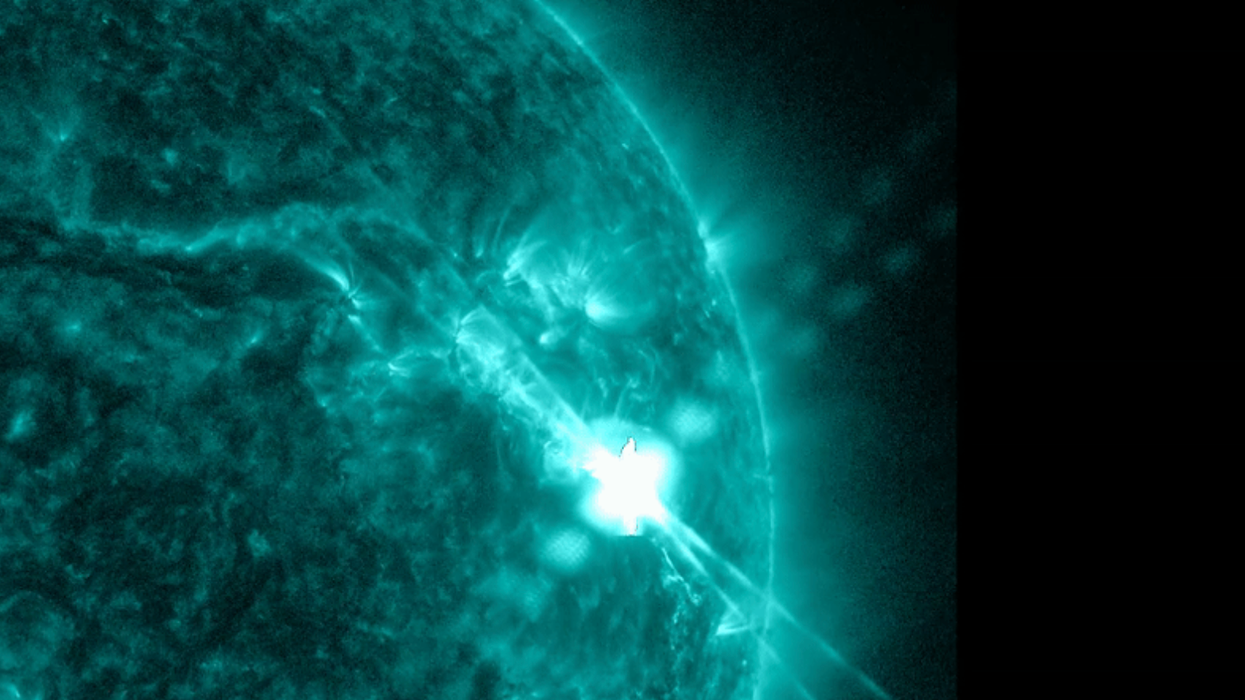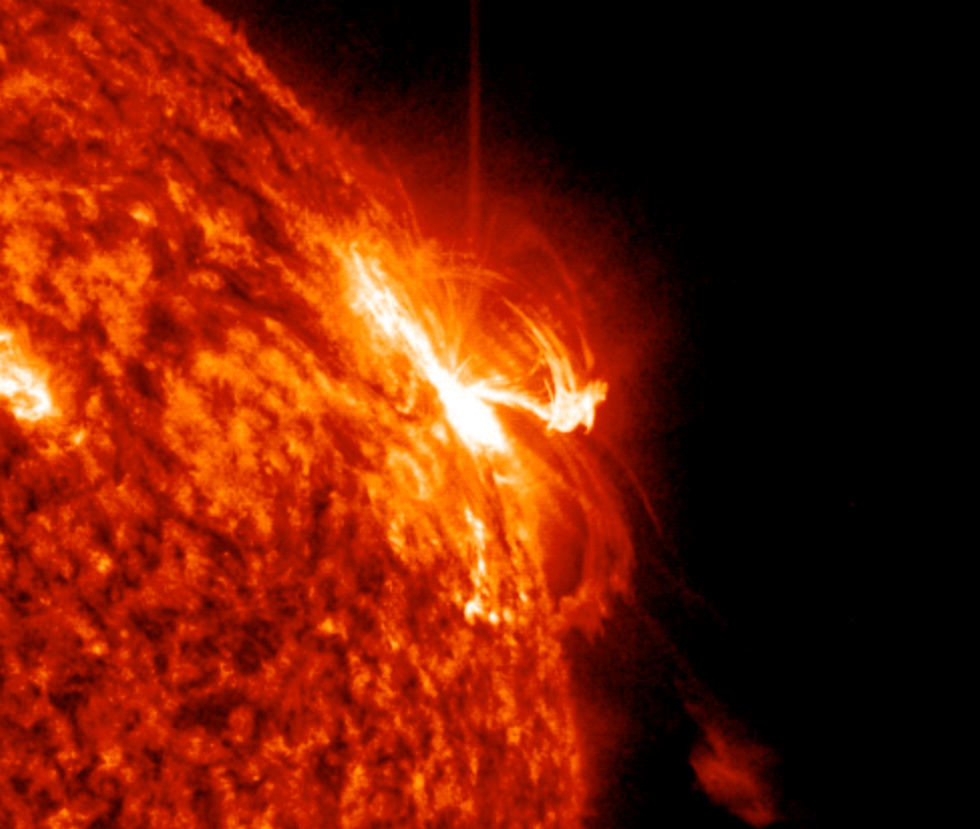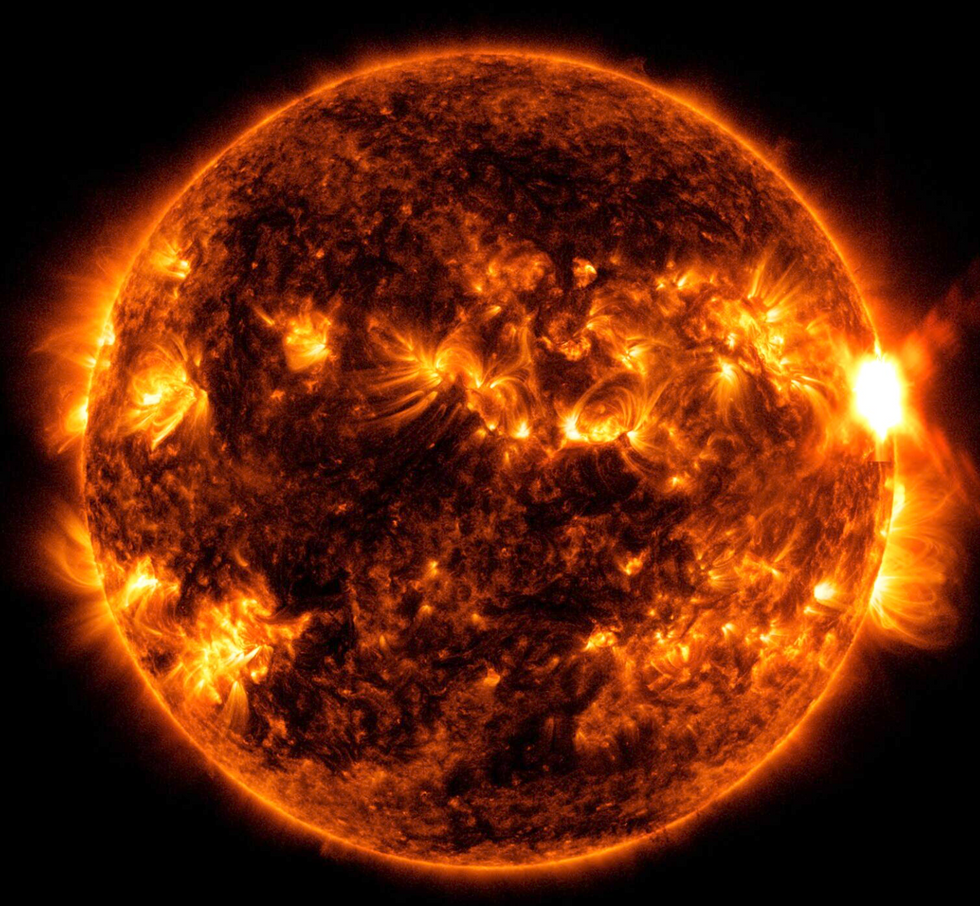Largest solar flare in six years to strike Earth in just HOURS with huge flood of radiation

The largest solar flare in six years could be followed by a coronal mass ejection which it has the capability of causing blackouts
|NASA

The Sun fired the biggest solar flare in six years at Earth on Thursday
Don't Miss
Most Read
The largest solar flare in six years could be followed by a coronal mass ejection which it has the capability of causing blackouts.
An X-class flare erupted from the Sun’s surface at around 5pm on Thursday.
The electromagnetic radiation hit our atmosphere about eight minutes later.
The situation caused communication blackouts over both North and South America.

NASA’s Solar Dynamics Observatory captured this image of a solar flare on March 3, 2023
|NASA
A subsequent coronal mass ejection sees huge clouds of solar plasma blast out into space at millions of miles an hour.
It could take up to two to three days to hit Earth.
However, this coronal mass ejection is expected to strike the planet somewhat sooner.
SpaceWeather said: “The US Air Force is reporting a Type II solar radio burst, which typically comes from the leading edge of a CME.
LATEST DEVELOPMENTS:
“Based on the drift rate of the radio burst, the emerging CME’s velocity could exceed 4.7 million mph.”
Earth is estimated to be around 93 million miles from the Sun.
Similar to solar flares, CMEs can cause communications blackouts as the charged plasma interferes with the same level of the atmosphere used for bouncing signals off by communications systems.
However, they can also give aurora a boost, meaning the Northern Lights could be particularly bright.

NASA’s Solar Dynamics Observatory captured this image of a solar flare – as seen in the bright flash on the right – on Aug 5 2023
|Nasa
CEMs cause aurora by supercharging particles in the magnetosphere when they hit.
This causes it to travel up and down the planet’s magnetic field lines between the poles.
They then collide with oxygen and nitrogen in the upper atmosphere, causing the atoms to release visible light of different colours, including green, purple and pink – and recently, very rare orange aurora.










